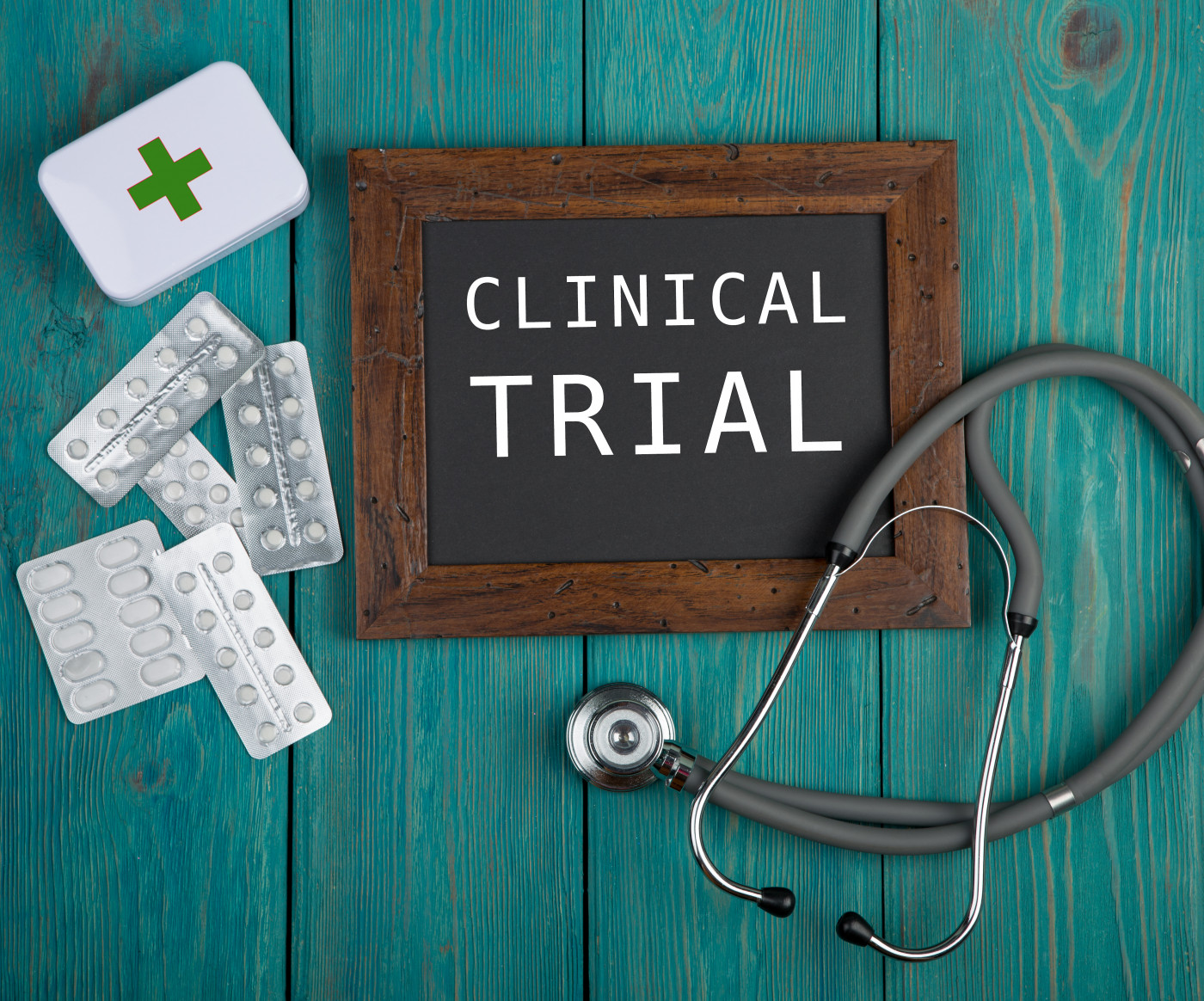FT-4202 at Higher Dose Safe and Helpful to Patients in Phase 1 Trial

A higher 600 mg daily dose of FT-4202, a potential disease-modifying oral treatment for sickle cell disease (SCD), was well-tolerated and safe, and improved several measures of red blood cell health after 14 days of treatment, according to recent data from an ongoing Phase 1 trial.
These findings support doses being used in the Phase 2/3 Hibiscus study (NCT04624659), a placebo-controlled trial assessing the safety and efficacy of 200 and 400 mg doses of the therapy in adults and adolescents with SCD. This trial is enrolling patients, ages 12 to 65, at nine sites across the U.S.; site and contact information is available here.
Forma Therapeutics, the therapy’s developer, recently reported data from a first group of patients in the Phase 1 trial (NCT03815695), which included seven people given 300 mg of oral FT-4202 daily, and two assigned to a placebo, for 14 days with a seven-day follow-up. This trial is evaluating the safety, as well as the pharmacodynamics (effects on the body) of the therapy, and early signs of efficacy through changes in red blood cell parameters.
New results cover an initial analysis of a second group of seven patients who received 600 mg of FT-4202 once a day for 14 days, also with a seven-day follow-up.
While these data remain blinded, this analysis suggested the therapy has a similar safety and tolerability profile at a daily dose of either 300 or 600 mg. Unblinding of the higher dose group data is expected to be reported later this year, according to the company.
“We are excited to see the favorable safety and tolerability profile of FT-4202 at a 600 mg dose, coupled with the overlap of pharmacodynamic activity and biologic effects across the 300 and 600 mg doses, supporting the evaluation of safety and efficacy at an upper range of 400 mg in our Phase 2/3 trial,” Patrick Kelly, MD, chief medical officer of Forma, said in a press release.
FT-4202 is designed to activate an enzyme in red blood cells called pyruvate kinase-R (PKR), lowering the levels of a metabolic intermediate called 2,3 diphosphoglycerate (2,3 DPG), which prevents oxygen from binding to hemoglobin. This protein carries oxygen through the bloodstream.
Lowering 2,3 DPG levels is thought to increase hemoglobin’s oxygen-binding capacity, reducing red blood cell sickling, which is caused by mutations in the gene that encodes hemoglobin.
The therapy is also expected to increase energy levels in red blood cells, improving their overall health and survival. Together, these combined effects are anticipated to increase hemoglobin levels and decrease vaso-occlusive crises — acute episodes of pain caused by the clumping of sickled red blood cells in blood vessels.
Aggregate Phase 1 trial findings showed that 10 of the 14 patients (71%) given either low or high doses of FT-4202 saw their hemoglobin levels increase to 1 gram per deciliter (g/dL) or more over the course of 14 days. Treatment also improved red blood cell survival.
All 14 participants also showed a median reduction in the levels of reticulocytes (by 57%) and bilirubin (by 37%), which are both markers for intravascular hemolysis (red blood cell rupture). Levels of the hemolysis marker lactate dehydrogenase (LDH) also dropped by a median of 20% in 10 of the 14 patients.
“These results after only 14 days of treatment support the potential of FT-4202 to treat the underlying pathophysiology [mechanisms] of the disease by increasing hemoglobin and reducing hemolysis, which may reduce the number and severity of vaso-occlusive crises SCD patients may experience annually,” Kelly added.
The potential for FT-4202 to work beyond 14 days is being explored in an ongoing open-label extension of the Phase 1 study, which is dosing these patients at 400 mg daily for 12 weeks.
To date, no treatment-related adverse events and dose-limiting toxicities have been reported. The overall safety profile of the 600 mg group was consistent with the 300 mg group.
The Phase 2/3 Hibiscus study is expected to enroll up to 344 adults and teenagers with SCD. In its first part, patients will be randomly assigned to either 200 or 400 mg of FT-4202, or to a placebo. Based on data from this part, one of the two doses will be selected for the following Phase 3 portion, with patients randomly assigned to that dose to a placebo tablet.
The trial’s primary goals include assessing the effects of treatment on hemoglobin levels after 24 weeks, as well as the frequency of vaso-occlusive crises over one year (52 weeks) of randomized treatment. Changes in reticulocyte, bilirubin, and LDH levels will also be assessed.
After 52 weeks, those who complete this trial will be eligible to enter an open-label extension study where all will be treated for one year.






